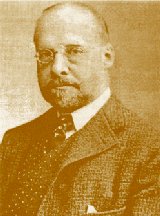 John
Ames Mitchell: The Man Who Created Life John
Ames Mitchell: The Man Who Created Life
John Ames Mitchell was born
in New York City on January 17, 1845. He died in Ridgefield, Connecticut
on June 29, 1918 after a "stroke of apoplexy". His parents were Asa Mitchell
and Harriet Ames. Both families had genealogies that could be traced proudly
back through hundreds of years and many generations of distinguished achievers.
At his death he was survived by his wife, Mary Mott Mitchell. He had displayed
a gift for art at a very early age. He began his education at Phillip Exeter
Academy and went on to further studies at Harvard Scientific School. There
is no evidence that he graduated from Harvard. Records indicate he attended
Harvard for only two years before launching himself into the study of architecture
abroad. He then returned to the U.S.A. and worked as an architect in Boston
for six years. Their he decided that perhaps architecture wasn't his calling
and he returned to France. At th Atelier and the Ecole Des Beaux Arts he
studied painting an etching. He felt this was more suited to his skills,
having his worked during his architectural career as an illustrator of
books. While in Paris he received an honorable mention for some of his
etchings at the Paris Exposition.
Returning to the United States
again he began to feel the need for more experts in the area of black and
white drawing. This was one of the compelling forces that drove him to
start LIFE MAGAZINE as a forum for art, humor and literature. Against the
advice of friends he took his entire life savings, ten thousand dollars,
and started publishing. His first issue hit the newsstands in January of
1883. He was going against the conventional wisdom of the day which told
him that no respectable family would have a "joke" magazine in its home.
That was something to be relegated to barber shops and low class persons.
He overcame this stigma and eventually the magazine began to thrive. Mr.
Mitchell resided for a time in Washington Square, in what is now the heart
of New York City's Greenwich Village. This was his first of several homes
in New York City. As his fortunes improved he would move to better houses
in better neighborhoods. In fact he even purchased a vacation home in Ridgefield,
Connecticut where he spent a great deal of his time.
These are the facts of Mr.
Mitchell's life But they do not begin to tell the whole story of John Ames
Mitchell. Perhaps one of the most important things to know about him was
his extreme humanity. He went out of his way to help newcomers. Even when
someone's work wasn't up to his standards his manner of rejecting them
was unfailingly kind and encouraging. He was known to employ phrases such
as, Do you think, Mr. , that this is the very best thing that you ever
did?", or, "Really, Mr. that doesn't altogether steal my heart away." Beginning
a rejection with such kindness generally inspired the young hopeful to
go on to great heights. Another thing not generally known about him was
his extreme love for children. He took a great interest in French orphans
at the time of W.W.I. He also was inspired to create, con currently with
Horace Greely of the New York Tribune, the Fresh Air Fund. This charity,
which continues today, takes needy inner-city children and sends them on
summer vacations in the country. One odd thing was his strong, almost
violent opposition to the development and use of medicines, serums and
vaccines for use in the treatment and prevention of disease. He was of
the firm conviction that sanitation~best medicine, cure and preventative.
This may have been due to his strong stance against the use of animals,
especially dogs, which he loved, in research. He was a staunch anti-vivisectionist
long before that became the well known cause it is today. Mitchell was
a man with strong opinions and he was never shy about voicing them. As
a result of his vociferous campaigning on different issues in almost every
issue of the magazine, he, (and the magazine) were frequently at the center
of lawsuits. Most of the time he emerged from these frays as the winner
and this increased his popularity as a champion of causes that affected
the whole of society.
In addition to his formidable
skills as a painter, drawer, architect and editor he also published fourteen
books. Some of these were fiction, some were collections of his essays
and some were collections of drawings. In his novels, and to a large extent,
his other books, the major criticism seems to have been that he was somewhat
over sentimental and romantic. Even in his general attitude toward day-to-day
living he was called childish and sentimental. Of course, no mortal is
perfect. Mr. Mitchell was known to have a lot of his own prejudices and
deeply held beliefs. These went hand-in-hand with his unabashed flag-waving
patriotism. Careful reading of his works shows a complex man with many
lofty ideas and admirable sensibilities. He was considered by virtually
everyone who knew him to be a very kind, considerate man with a strong
sense of justice and what was "right". An article such as this one can
not hope to completely detail the life of such a remarkable man and there
is no comprehensive biography about him. The material at our disposal comes
from items such as newspaper stories, obituaries, A Catalogue of the Officers
and Students at Phillips Exeter Academy, Harvard University files, The
Oxford Companion to American Literature, A Reader's Encyclopedia of American
Literature, The National Cyclopedia of American Biography and many other
similar sources.
|

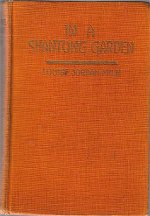
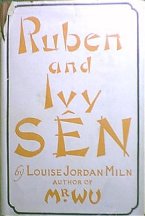
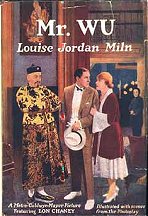
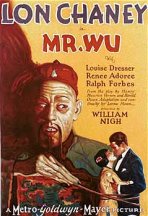
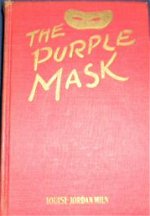
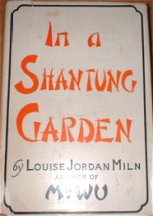
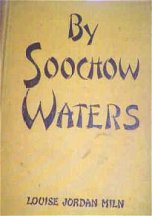 It
Happened in Peking: 1928 A.L. Burt Publishers, NY, no date of
publication specified. Book in excellent condition, former owner
has written her name and date on front flyleaf. Date of acquisition
is 1928.
It
Happened in Peking: 1928 A.L. Burt Publishers, NY, no date of
publication specified. Book in excellent condition, former owner
has written her name and date on front flyleaf. Date of acquisition
is 1928.
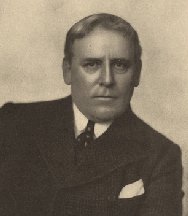
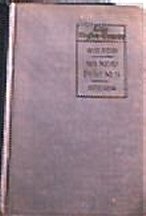
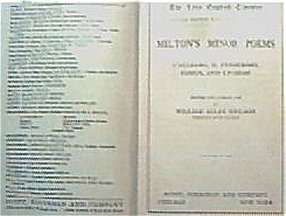
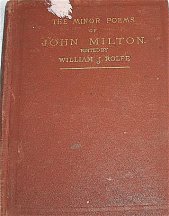
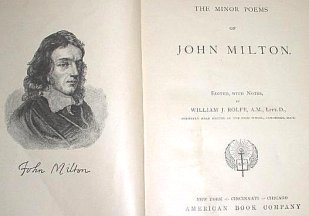
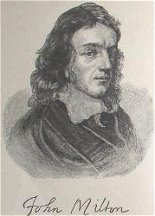

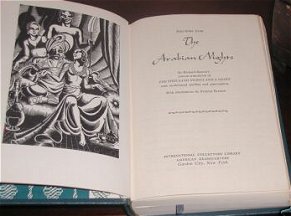
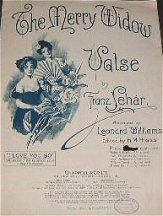
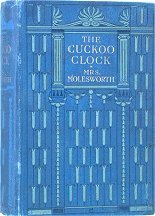
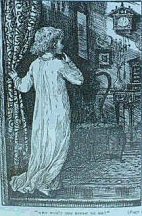
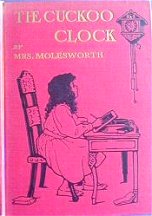
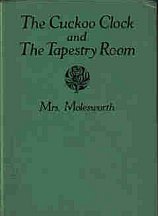
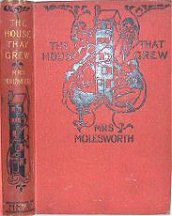
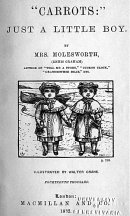
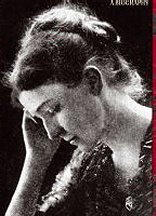
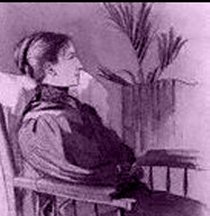

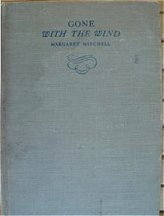

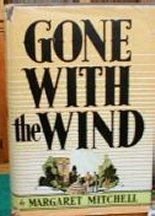
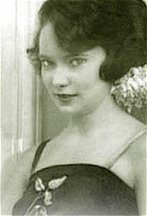
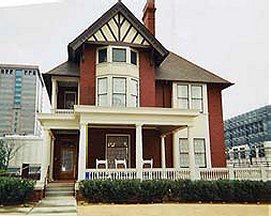 Margaret
Mitchell ~ Author of the best-selling novel of all time, Margaret
Mitchell was born Nov. 8, 1900 in Atlanta to a family with ancestry not
unlike the O’Hara’s in Gone With the Wind. Her mother, Mary Isabelle “Maybelle”
Stephens was of Irish-Catholic ancestry. Her father, Eugene Muse Mitchell,
an Atlanta attorney, descended from Scotch-Irish and French Huguenots.
The family included many soldiers - members of the family had fought in
the American Revolution, Irish uprisings and rebellions and the Civil War.
The imaginative child was fascinated with stories of the Civil War that
she heard first from her parents and great aunts, who lived at the family’s
Jonesboro rural home, and later, from grizzled (and sometimes profane)
Confederate veterans who regaled the girl with battlefield stories as Margaret,
astride her pony, rode through the countryside around Atlanta with the
men.“She was a great friend of my cousin,” recalled Atlanta resident Mrs.
Colquitt Carter. “My cousin always said that when Peggy would spend the
night, she would get up in the middle of the night and write things. She
was always obsessed with expressing herself.” The family lived in a series
of homes, including a stately home on Peachtree Street beginning in 1912.
Young Margaret attended private school, but was not an exceptional student.
When, on one memorable day, she announced to her mother that she could
not understand mathematics and would not return to school, Maybelle dragged
her daughter to a rural road where plantation houses had fallen into ruin.
“It’s happened before and it will happen again,” Maybelle sternly lectured
the girl. “And when it does happen, everyone loses everything and everyone
is equal. They all start again with nothing at all except the cunning of
their brain and the strength of their hands.” Chastened, Margaret Mitchell
returned to school, eventually entering Smith College in the fall of 1918,
not long after the United States entered World War I. Her fiancé,
Clifford Henry, was killed in action in France. In January 1919, Maybelle
Mitchell died during a flu epidemic and Margaret Mitchell left college
to take charge of the Atlanta household of her father and her older brother,
Stephens. Although she made her society debut in 1920, Margaret was far
too free-spirited and intellectual to be content with the life of a debutante.
She quarreled with her fellow debs over the proper distribution of the
money they had raised for charity, and she scandalized Atlanta society
with a provocative dance that she performed at the debutante ball with
a male student from Georgia Tech. By 1922, Margaret Mitchell was a headstrong
“Flapper” pursued by two men, an ex-football player and bootlegger, Berrien
“Red” Upshaw, and a lanky newspaperman, John R. Marsh. She chose Upshaw,
and the two were married in September. Upshaw’s irregular income led her
to seek a job, at a salary of $25 per week, as a writer for The Atlanta
Journal Sunday Magazine where Marsh was an editor and her mentor. “There
was an excitement in newspapering in the 1920’s, famed editor Ralph McGill
recalled. Margaret Mitchell, he said, “was a vibrant, vital person – excited,
always, and seeking excitement. And this excitement, I think, was a sort
of a hallmark of the 20’s.” The Upshaw marriage was stormy and short lived.
They divorced in October 1924, and less than a year later, she married
Marsh. The two held their wedding reception at their new ground-floor apartment
at 979 Crescent Avenue – a house which Margaret affectionately nicknamed
“The Dump.” Only months after their marriage, Margaret left her job at
the Journal to convalesce from a series of injuries. It was during this
period that she began writing the book that would make her world famous.
Gone With The Wind was published in June 1936. Margaret Mitchell was awarded
the Pulitzer Prize for her sweeping novel in May 1937. The novel was made
into an equally famous motion picture starring Vivien Leigh and Clark Gable.
The movie had its world premiere at the Loew’s Grand Theater in Atlanta
Dec. 15, 1939 with Margaret Mitchell and all of the stars in attendance.
On Aug. 11, 1949, while crossing the intersection of Peachtree and 13th
– only three blocks from “The Dump”, Margaret Mitchell was struck by a
speeding taxi. She died five days later and is buried in Atlanta’s Oakland
Cemetery with other members of her family.
Margaret
Mitchell ~ Author of the best-selling novel of all time, Margaret
Mitchell was born Nov. 8, 1900 in Atlanta to a family with ancestry not
unlike the O’Hara’s in Gone With the Wind. Her mother, Mary Isabelle “Maybelle”
Stephens was of Irish-Catholic ancestry. Her father, Eugene Muse Mitchell,
an Atlanta attorney, descended from Scotch-Irish and French Huguenots.
The family included many soldiers - members of the family had fought in
the American Revolution, Irish uprisings and rebellions and the Civil War.
The imaginative child was fascinated with stories of the Civil War that
she heard first from her parents and great aunts, who lived at the family’s
Jonesboro rural home, and later, from grizzled (and sometimes profane)
Confederate veterans who regaled the girl with battlefield stories as Margaret,
astride her pony, rode through the countryside around Atlanta with the
men.“She was a great friend of my cousin,” recalled Atlanta resident Mrs.
Colquitt Carter. “My cousin always said that when Peggy would spend the
night, she would get up in the middle of the night and write things. She
was always obsessed with expressing herself.” The family lived in a series
of homes, including a stately home on Peachtree Street beginning in 1912.
Young Margaret attended private school, but was not an exceptional student.
When, on one memorable day, she announced to her mother that she could
not understand mathematics and would not return to school, Maybelle dragged
her daughter to a rural road where plantation houses had fallen into ruin.
“It’s happened before and it will happen again,” Maybelle sternly lectured
the girl. “And when it does happen, everyone loses everything and everyone
is equal. They all start again with nothing at all except the cunning of
their brain and the strength of their hands.” Chastened, Margaret Mitchell
returned to school, eventually entering Smith College in the fall of 1918,
not long after the United States entered World War I. Her fiancé,
Clifford Henry, was killed in action in France. In January 1919, Maybelle
Mitchell died during a flu epidemic and Margaret Mitchell left college
to take charge of the Atlanta household of her father and her older brother,
Stephens. Although she made her society debut in 1920, Margaret was far
too free-spirited and intellectual to be content with the life of a debutante.
She quarreled with her fellow debs over the proper distribution of the
money they had raised for charity, and she scandalized Atlanta society
with a provocative dance that she performed at the debutante ball with
a male student from Georgia Tech. By 1922, Margaret Mitchell was a headstrong
“Flapper” pursued by two men, an ex-football player and bootlegger, Berrien
“Red” Upshaw, and a lanky newspaperman, John R. Marsh. She chose Upshaw,
and the two were married in September. Upshaw’s irregular income led her
to seek a job, at a salary of $25 per week, as a writer for The Atlanta
Journal Sunday Magazine where Marsh was an editor and her mentor. “There
was an excitement in newspapering in the 1920’s, famed editor Ralph McGill
recalled. Margaret Mitchell, he said, “was a vibrant, vital person – excited,
always, and seeking excitement. And this excitement, I think, was a sort
of a hallmark of the 20’s.” The Upshaw marriage was stormy and short lived.
They divorced in October 1924, and less than a year later, she married
Marsh. The two held their wedding reception at their new ground-floor apartment
at 979 Crescent Avenue – a house which Margaret affectionately nicknamed
“The Dump.” Only months after their marriage, Margaret left her job at
the Journal to convalesce from a series of injuries. It was during this
period that she began writing the book that would make her world famous.
Gone With The Wind was published in June 1936. Margaret Mitchell was awarded
the Pulitzer Prize for her sweeping novel in May 1937. The novel was made
into an equally famous motion picture starring Vivien Leigh and Clark Gable.
The movie had its world premiere at the Loew’s Grand Theater in Atlanta
Dec. 15, 1939 with Margaret Mitchell and all of the stars in attendance.
On Aug. 11, 1949, while crossing the intersection of Peachtree and 13th
– only three blocks from “The Dump”, Margaret Mitchell was struck by a
speeding taxi. She died five days later and is buried in Atlanta’s Oakland
Cemetery with other members of her family.
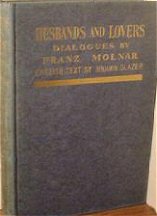
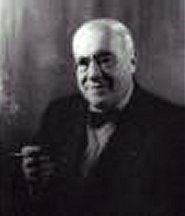
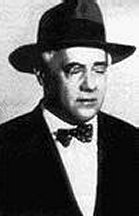
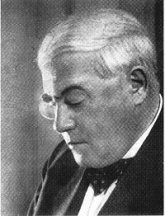
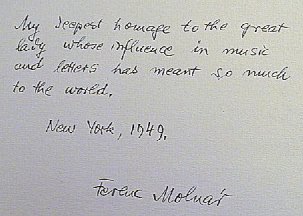 Well-known
adaptations of Molnar's work:
Well-known
adaptations of Molnar's work:








